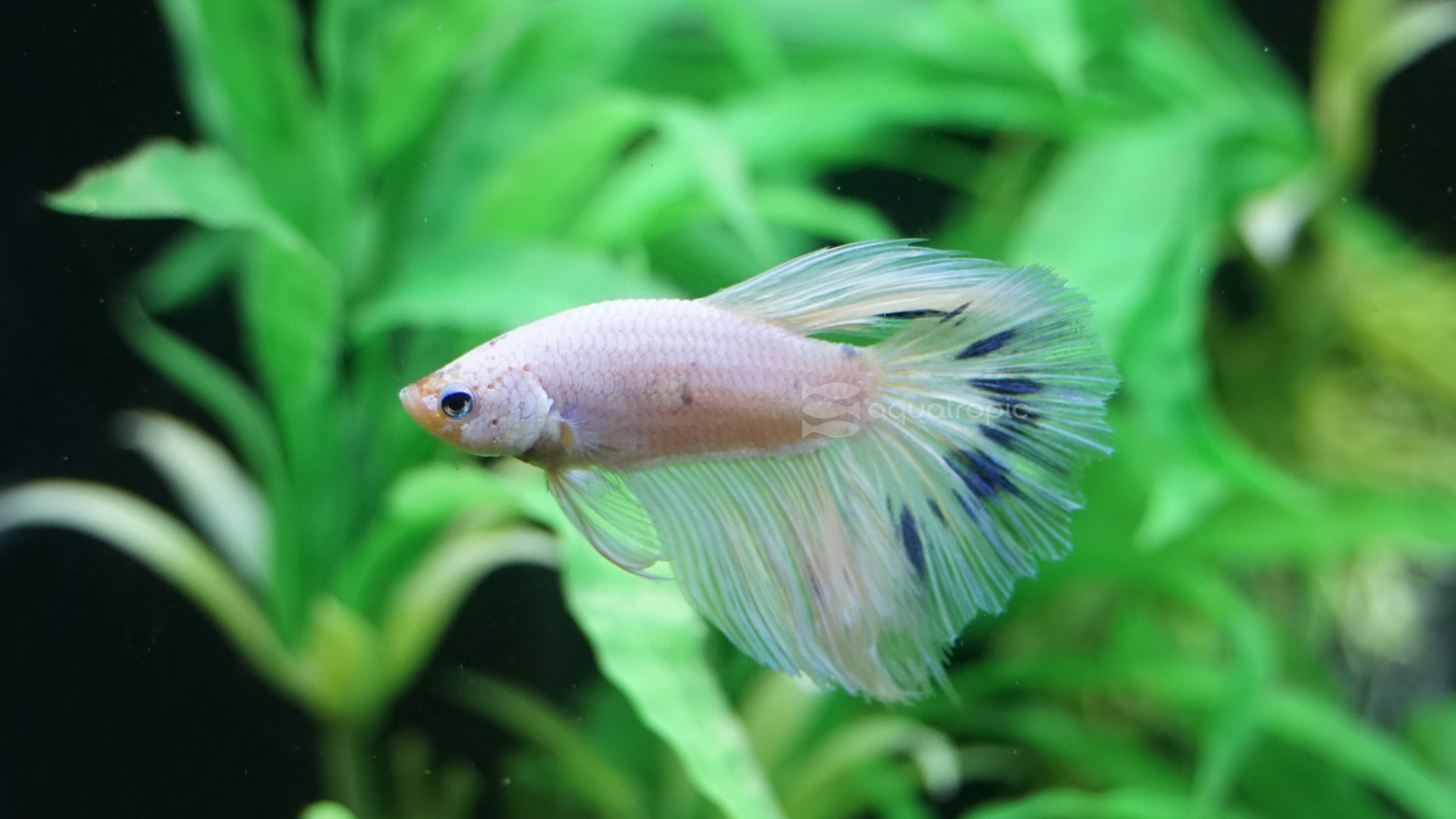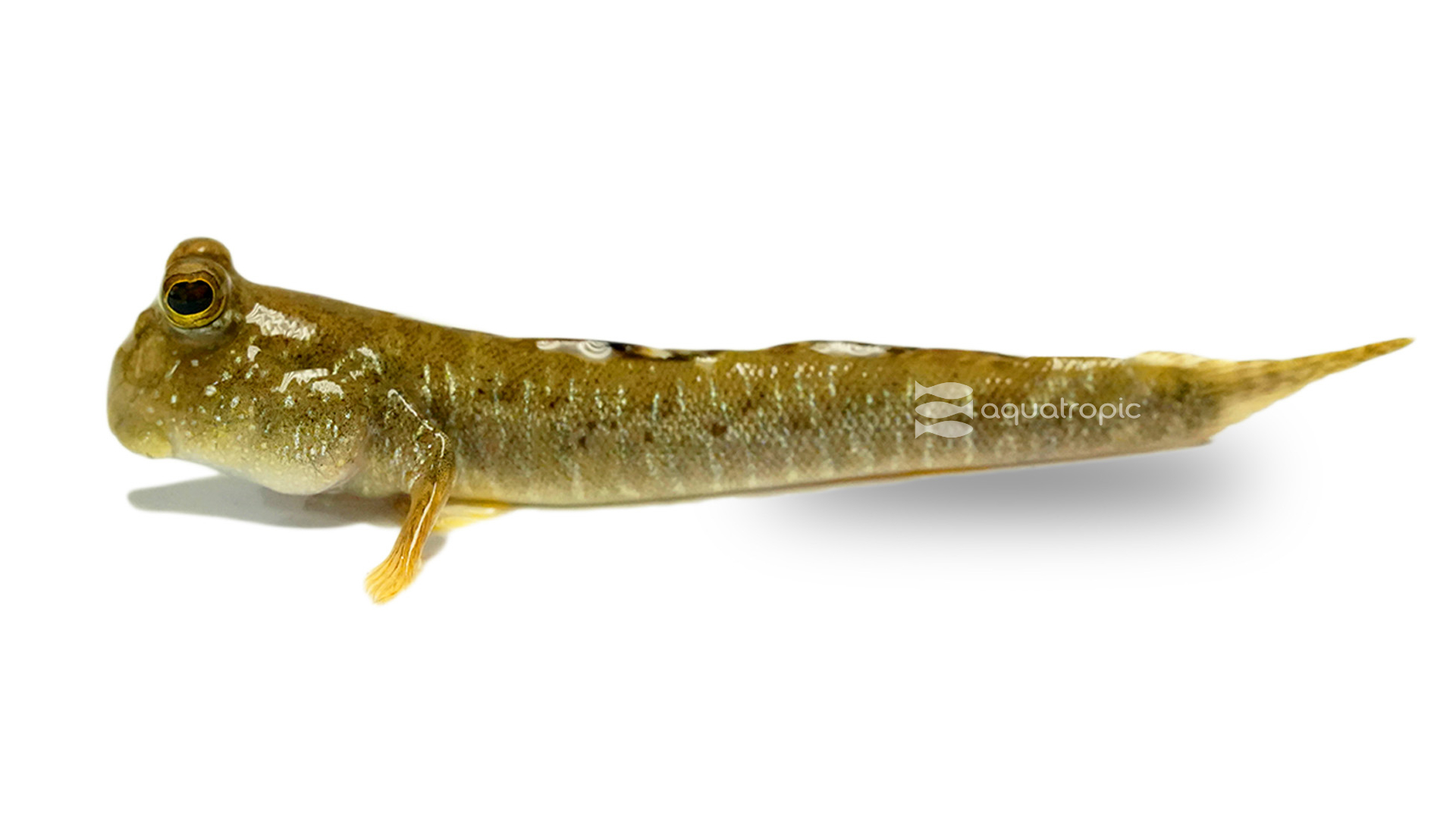Paludarium Stocking

Now that you have built a paludarium, and you have it planted you are probably wondering what your options are for adding fauna to your new ecosystem. The paludarium represents one of the most diverse areas in freshwater, being that all animals whether aquatic or land dwelling at some point (generally) must return to the water. That said if you are looking for a home for a kangaroo rat that gets its water from its food in the desert where it lives, you’ve looked in the wrong place. The good news is that there are many suitable options, for every budget, and for almost every size paludarium!
We will start with what can live in the water. The first thing that will always come to mind are fish. What fish can be stocked in a paludarium will be determined by the size of the water feature, the methods by which is it filtered, and what other things have been stocked or are going to be stocked in this aquarium. Obviously stocking fishes with things like turtles, or larger amphibians is probably a bad choice unless the idea is to use them as food. So here is a list of fishes that will do well with appropriate tankmates, and filtration systems built to handle their load.
- Betta Fish (Betta splendens): This may feel like an obvious answer – but these small fish do well in small bodies of water (down to about five gallons of water volume, take measurements of your water section and use an online “aquarium gallons calculator” if you are uncertain). Their filtration needs are low
– a sponge filter, or possibly even just an air stone and a small heater is all that they would require in an adequately sized paludarium pool!
- African Butterfly Fish (Pantodon buchholzi): Is a great fish to consider with a large volume of water. This is a surface-dwelling fish that doesn’t require more than 8” or so of water depth. The water should be a minimum of 20 inches long, and 12 inches wide meaning that at a minimum the water portion should have a volume of only eight gallons. This is an absolute minimum and a paludarium constructed of a 55-gallon aquarium could make a stunning display where small African catfishes and cichlids dominated the substrate while African Butterflies cruised the surface looking for crickets you added to the paludarium. These fish are meant for this type of display and love lots of wood and dense plantings – these are the environments in which they cruise for insects either in the water, or close enough for them to jump out of the water to capture!
- Gouramis (Family Osphronemidae): Yes, this is a large group of fish – but they are generally aquarium hardy, readily available, and come in a wide variety of colors and sizes suitable to almost any paludarium size. From the Sparkling Gourami (Trichopsis pumilus) that reaches a mere one and a half inches fully grown to the Giant Gourami (Osphronemus goramy) at a massive 28 inches there is a gourami for almost any size paludarium. For the sake of this article, we are going to recommend the Sparkling Gourami, as its appropriate size and radiant beauty is naturally at home at, and best on display in densely planted, slow moving bodies of water, just like what we expect from a paludarium. Gourami also have the advantage of being able to breathe air – which can help in these small or weakly filtered paludarium settings.

There are plenty of other considerations here, an interesting consideration would be mudskippers. These fish will utilize areas close to shore so long as they are provided with easy access. The reason why these fish weren’t highlighted is because most of them have are brackish water fishes meaning that they require some salt in the water. While this doesn’t make them unsuitable for paludariums, it does mean that the included plants would need to be tolerant to salt. A mangrove style paludarium might make for a fascinating display.
Reptiles and amphibians make up the remainder of the vast majority of paludarium stocking. Turtles are one of the main paludarium residents, but we are not going to cover them due to their relatively large size requirements and because of their longevity. Turtles can be almost a lifelong commitment.
- Mossy Frog (Theloderma corticale): These frogs are from Southeast Asia, and enjoy being able to climb, but also like standing water. Because of this, they are another rexcellent choice for a paludarium. They do not require much water; a few inches would be fine – and a paludarium designed for these frogs would be focused mostly on a terrestrial area. In addition, the plants chosen for this type of display should be relatively strong and hardy as this frog enjoys laying on or in vegetation where its “mossy” skin allows it to blend in almost perfectly. A well designed paludarium for these animals would be visually stunning and a daily game of “where's waldo”.
- Crocodile Skink (Tribolonotus gracilis): This little lizard lives in leaf litter near water and is known to occasionally seek refuge in water when startled. While deep water wouldn’t be needed for this animal, and space should definitely be focused on the land portion with lots of space and leaf litter for hiding in, this is another species that would be a good selection. They enjoy tropical aquarium temperatures, but also have a special requirement in that they will require live feeder insects and also exposure to UVB light. This is easy to achieve – simply put a UVB reptile light above the aquarium!
- Salamanders/Newts (Caudates): This is an interesting group – if you could acquire eggs or juveniles (called efts) start their lives in water. A paludarium with a small water area to watch these grow and develop and then transition to a more terrestrial life would make for a fascinating display.
There are many, many options for how to stock a paludarium, some people even display insects in such habitats. Research all of your desired inhabitants care requirements so that you can make the best decisions for you, and them. Go visit your LFS and see if they have some of the aforementioned species from Aquatropic today!